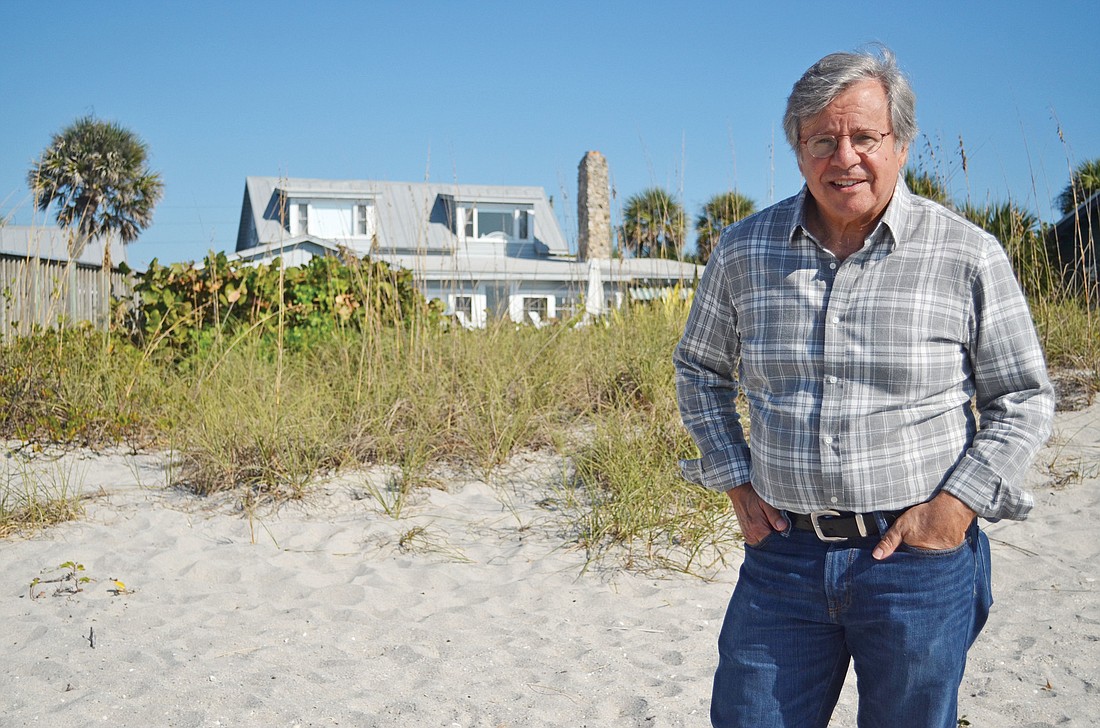- July 26, 2024
-
-
Loading

Loading

 It is Friday night in New York City. The glitz and glimmer of the Big Apple’s theater district shines brightly on this autumn evening in 2013. But on the corner of Broadway and 95th Street, a more somber production is underway inside the multipurpose performing arts hall Symphony Space.
It is Friday night in New York City. The glitz and glimmer of the Big Apple’s theater district shines brightly on this autumn evening in 2013. But on the corner of Broadway and 95th Street, a more somber production is underway inside the multipurpose performing arts hall Symphony Space.
“November 21, 1963: The Day Before,” a multidiscipline artistic tribute and remembrance of the John F. Kennedy assassination, fills the hall with touching stories, skits and songs of memories of that fateful November day from artists and performers such as John Guare, Craig Lucas, Arthur Kopit, Nico Muhly, Robert Osborne, Margaret Kampmeier, B.D. Wong and Olympia Dukakis.
A few weeks prior, just downtown from Symphony Space in the Upper West Side, the original opera “Two Boys” opened at the Metropolitan Opera to great fanfare. With music composed by Muhly and the libretto written by Lucas (both participating artists at the above Symphony Space event), the opera concerns a detective’s investigation into the stabbing of a teenage boy and the shadowy world of online forums.
These artistic events fuse a wide array of talent in various disciplines. But the JFK retrospective and the opera have one common denominator: the Hermitage Artist Retreat.
In total, 13 Hermitage alumni participated in the Kennedy event and the opera.
Hermitage Executive Director Bruce Rodgers, the Hermitage staff and supporters traveled to New York City to see the Symphony Space performance. As Rodgers recently walked through each building at the artist retreat, he referenced this “Hermitage Network” through which its artists are forever linked.
“We have reached a whole other element of our mission,” says Rodgers. “What our artists have accomplished has been inspirational, expansive and life-affirming.”
Like its artists, the Hermitage has endured its own creative journey that began at the turn of the 20th century on a tranquil corner of Manasota Key. Swedish immigrant Carl Johansen first purchased the beachfront property in 1907; he also erected its first building. For the next nearly 70 years, the Hermitage land and building was exchanged between several owners. Its uses ranged from a nudist colony, called the Florida Sea Island Sanctuary, to the private residences of Alfred Whitney (who added a cottage and water pump house) and Otto Thurston Alexander.
Then in 1975 the actions of a writer and her artist daughter would irrevocably change the course of the property’s destiny. Writer Ruth Swayze and her daughter, Carroll Swayze, leased the Hermitage as a retreat for their own artistic ventures. Their experience at the property would be the first in the Hermitage’s present artistic lineage. The duo quickly realized the historic and aesthetic worth of the buildings on the property. Years of sea salt, wind and torrential weather had taken their toll on the core of the property’s architectural stability. The two led the charge within the community and raised the public profile of the property into something worth saving.
“It was the perfect storm of public complaining, energy and opportunity,” says Patricia Caswell, Hermitage program director and Greenfield Prize coordinator. The latter awards a $30,000 commission to promising artists in various artistic fields.
In 1999, Caswell was then the executive director of the Sarasota County Arts Council and helped lead a Comprehensive Community Cultural Plan to revitalize and redefine the county’s relationship with local organizations and local artists. Caswell’s “perfect storm” generated a reconstruction and salvaging of the five buildings on the Hermitage property. The reconstruction effort raised approximately $1.3 million from private donations and local and state funding.
The house and cottage’s decayed and rotting wood floors and walls were replaced. They transformed into modern studio spaces for visiting artists, whom a 13-member committee that includes arts administrators and artists from across North America selects. Once nominated by the committee, the artists are invited for a total of six weeks to their new artistic home.
Artist talks, a composer interview series, open visual artist studio tours and the popular monthly beach readings are regular ways for citizens to connect with visiting artists.
“There will be 200 to 300 people sitting out on our beach in front of the house, and it’ll be the largest audience these writers have ever had listening to their words,” Rodgers said.
From a dilapidated set of buildings to a thriving enterprise, the Hermitage Artist Retreat is an inspiring artistic success story. Asked what has kept this location and property alive over the years, Rodgers pointed out the door toward the gulf.
“Look at it,” says Rodgers laughing. “Its value is intrinsic.”